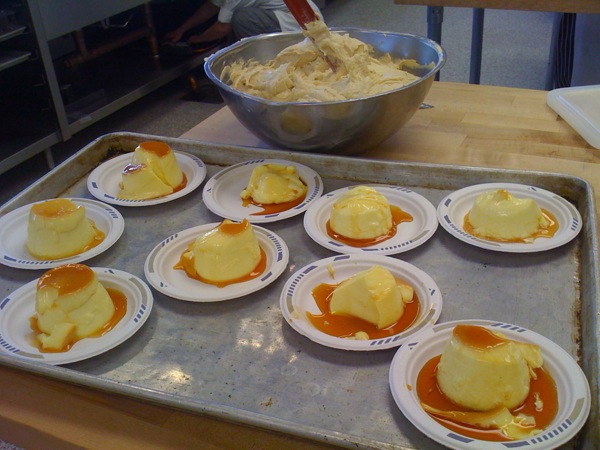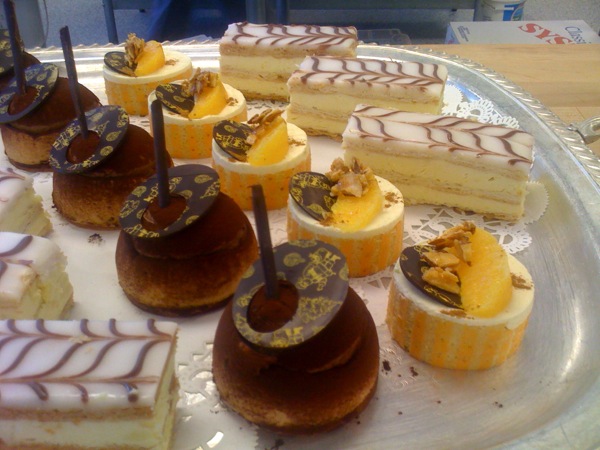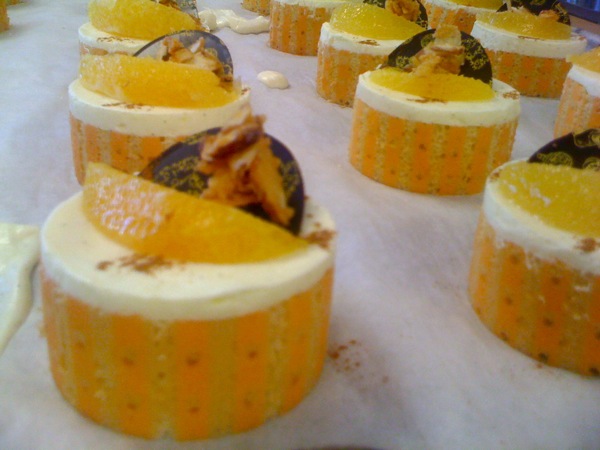And then I learned to love the breads.
In this rotation, we chose which breads to do, when to do them, and how to manage our time. There was no schedule and there were very few rules. We could adapt recipes or bring in our own. I worked with a partner but this could involve as little or as much interaction as we wanted. Aside from the lack of sleep, I found this to be just lovely.
My first bread was a mushroom and farro bread, made with dried shiitake mushrooms, button mushrooms, and farro. The shiitake mushrooms were reconstituted in hot water, and that water was used as the liquid in the dough. The bread took two days- one to prep the mushrooms and the farro and the preferment, and one day to assemble, proof, and bake the bread.
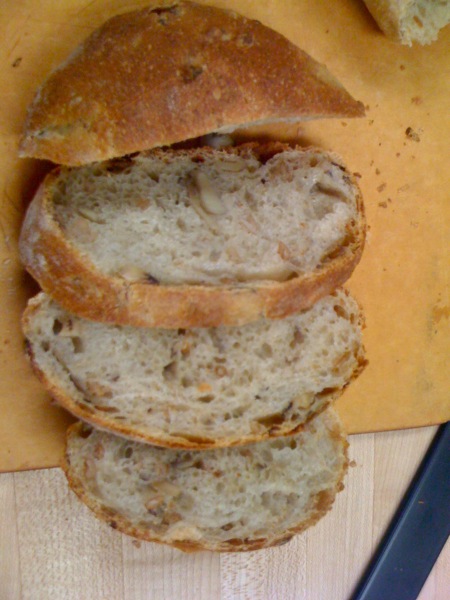
The bread had a lovely earthy flavor, and the farro added texture and a nuttiness. The shiitake mushrooms were better than expected (I worried about dried mushrooms) but the button mushrooms fell flat. Next time I'd use something else- the recipe called for porcini, but I didn't have those available.
My partner and I did one bread together in this first week, and that was the german pumpernickel. This bread is composed entirely of rye and bakes over 16 hours at low heat, and then must cool for an additional four hours or so before it can be sliced. The dough involves a preferment and a soaker (rye and shredded rye) and so the final process takes roughly four days. The result is an exceptionally dense and flavorful bread, made exceptionally dark due not only to the rye but also to the maillard reaction triggered by this baking method.
The claylike dough does not want to be kneaded in the mixer; it simply coats the inside of the bowl in an interesting homage to negative space:

My three-day bread (the one requirement we had was that we choose a three-day bread) was an olive levain, made with three kinds of olives and a sourdough levain. Three-day breads have a preferment and then are given a long overnight proof after their final shaping so that they can develop more and more complex flavor. I used kalamata olives from school as well as two kinds of spanish olives (one oil-cured) from work. This bread was fantastic and I would definitely make it again. I may try to adapt the recipe for home use.
Here the bread has been given its final shape and is ready to rest and proof overnight:
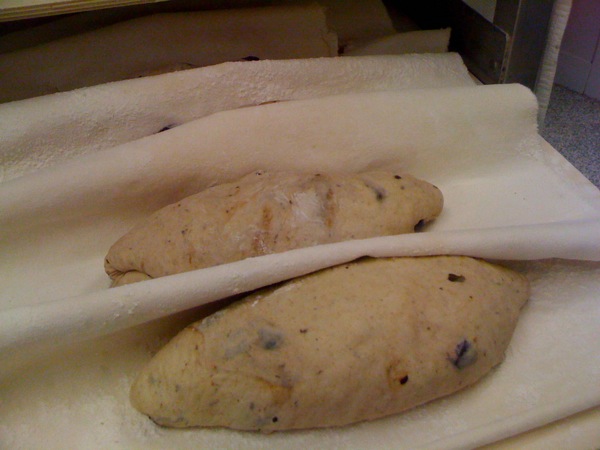
Once baked, the scoring down the center makes it look as though it's just bursting with olives:

My disaster for the week was the semolina sesame bread. The preferment was very, very wet and the amount of flour in the final dough in no way yielded what the recipe claimed would be a 'stiff' product. It was downright soupy. I had to had more and more flour (durum) and in the end this probably caused quite a bit of overmixing. By the time the bread was done proofing it was clear that there wasn't enough time to bake it, and we had to retard it overnight- not usually done for this kind of bread.
By the next day, the bread had formed a crust (not enough humidity in the retarder) and while this isn't always a problem, in this case the bread had to be re-shaped. After the overmixing, the extra-long proofing, and then this over-shaping, the final product was dense and not pleasant to the taste. Alas.
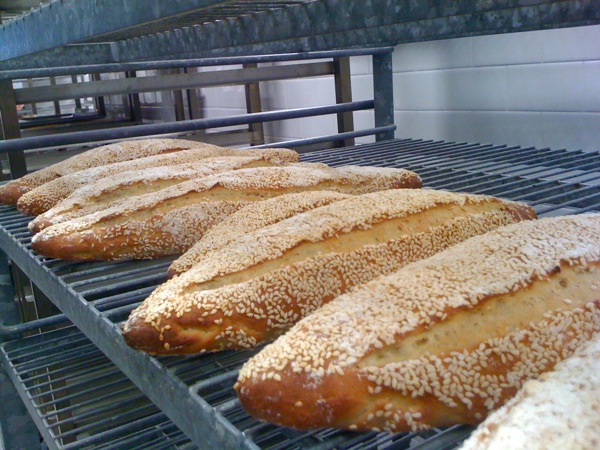
I had so badly wanted to do a number of sesame breads, but after that experience, I was done with that idea.
And that was week one: german pumpernickel, mushroom farro bread, olive levain, and semolina sesame.

